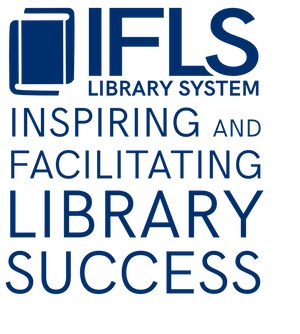Wow, three blog posts in a week?! I guess the webinar More Than Welcome: Libraries Serving Families of Young Children with Disabilities was inspiring!
Community Awareness and Communication
- It is important to let families affected by disabilities know they are truly welcome at the library. Just this week I was talking to a parent of an autistic teenager who told me that caregivers often feel intimidated and judged when they bring their kids into public spaces. Make sure staff understand that there is a range of behavior to expect from everyone, particularly kids! Having a welcoming staff set the tone can make a huge difference for families.
- Take the time to develop relationships with parents and caregivers to help you serve their family better! This can help with so many things, from scheduling programs to ensuring families feel welcome to setting everyone up for success in your programs, and MORE!
- Work with partners to help you get the message out that the library is for everyone. The University of Kentucky created a printable brochure to share with your partners (Birth to Three, healthcare providers, and more) that emphasizes this point. You could use theirs as a model for your own library.
- Make sure that your publicity and your website explicitly state that everyone is welcome at the library and at specific programs, and ask people to contact you if they need accommodations to participate.
- Consider putting a Communication Board in your children’s room, that allows nonverbal people to communicate with peers and with you.
Again, libraries, especially rural libraries, tend to not be aware of all they are already be inclusive. Many best practices are already out there! Sometimes there are just a few additional things you can do to make your library and your programs more welcoming and inclusive to everyone. My favorite tip from the webinar? Start somewhere, then make changes as needed as you go!
